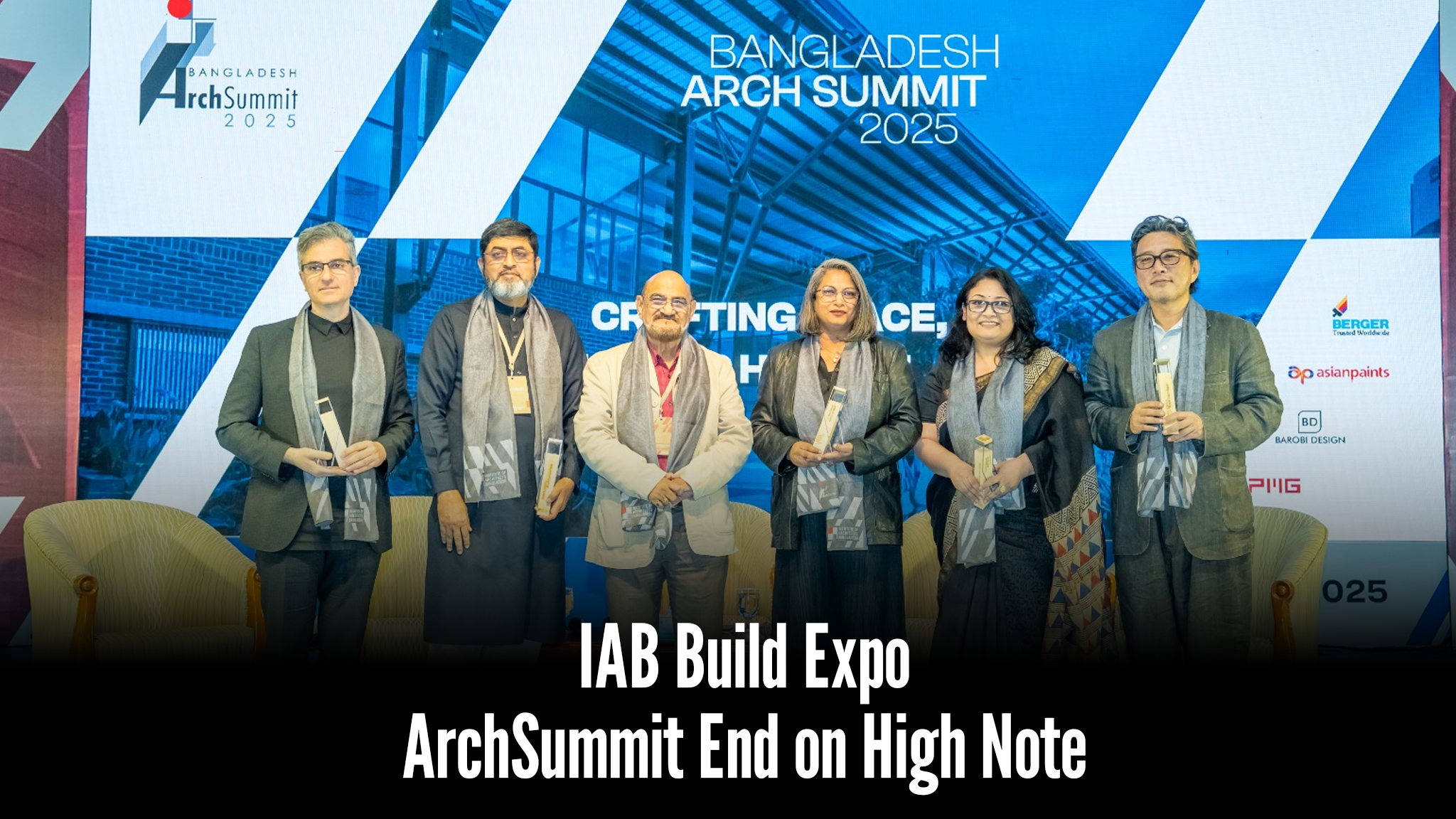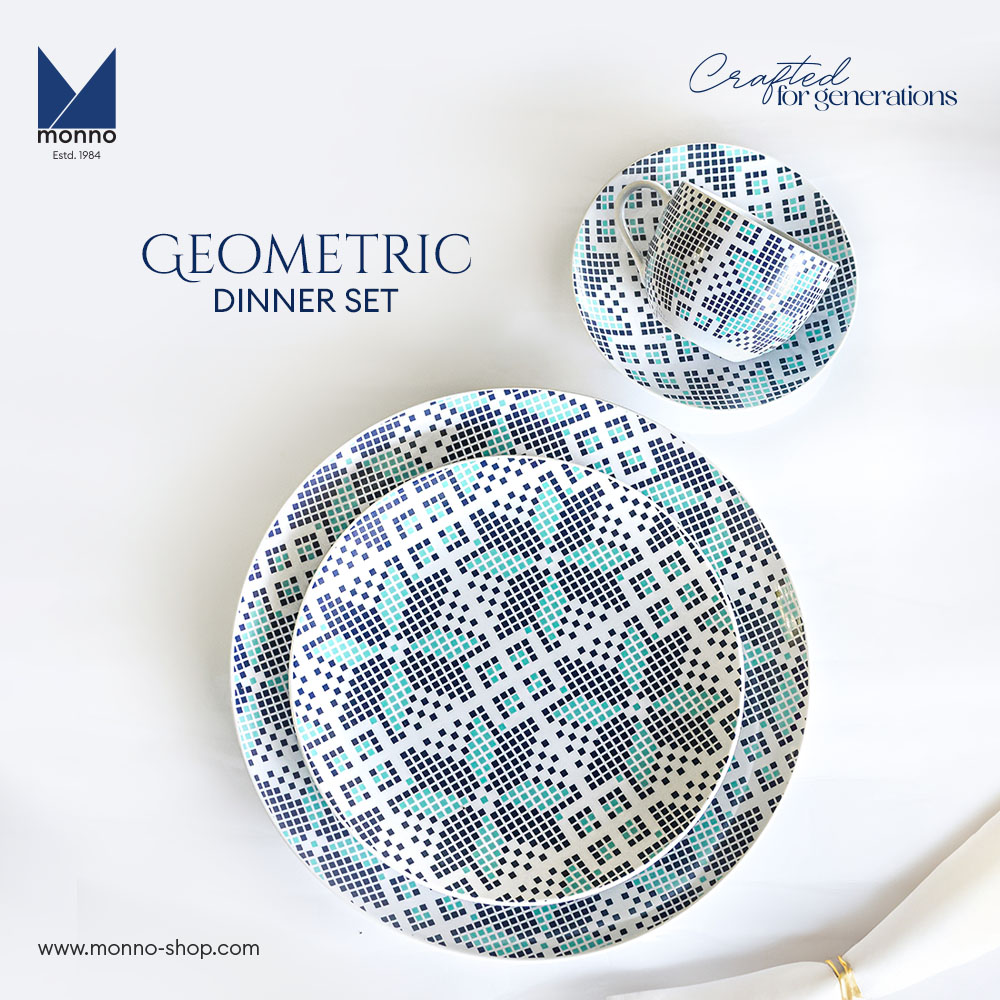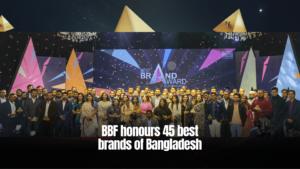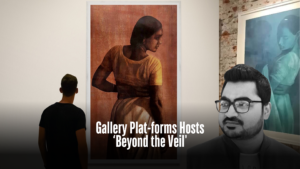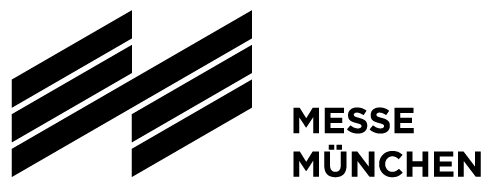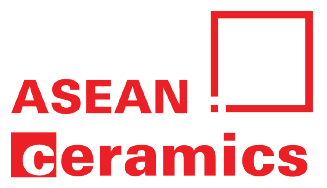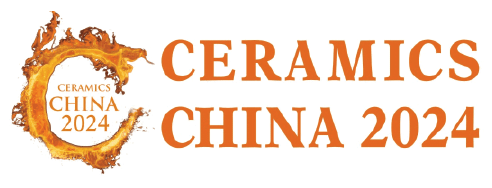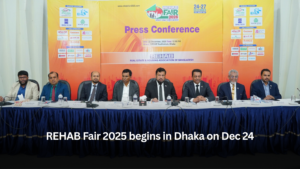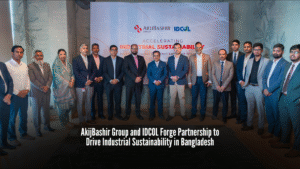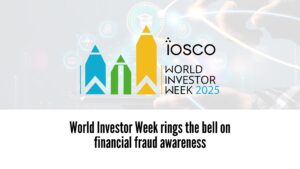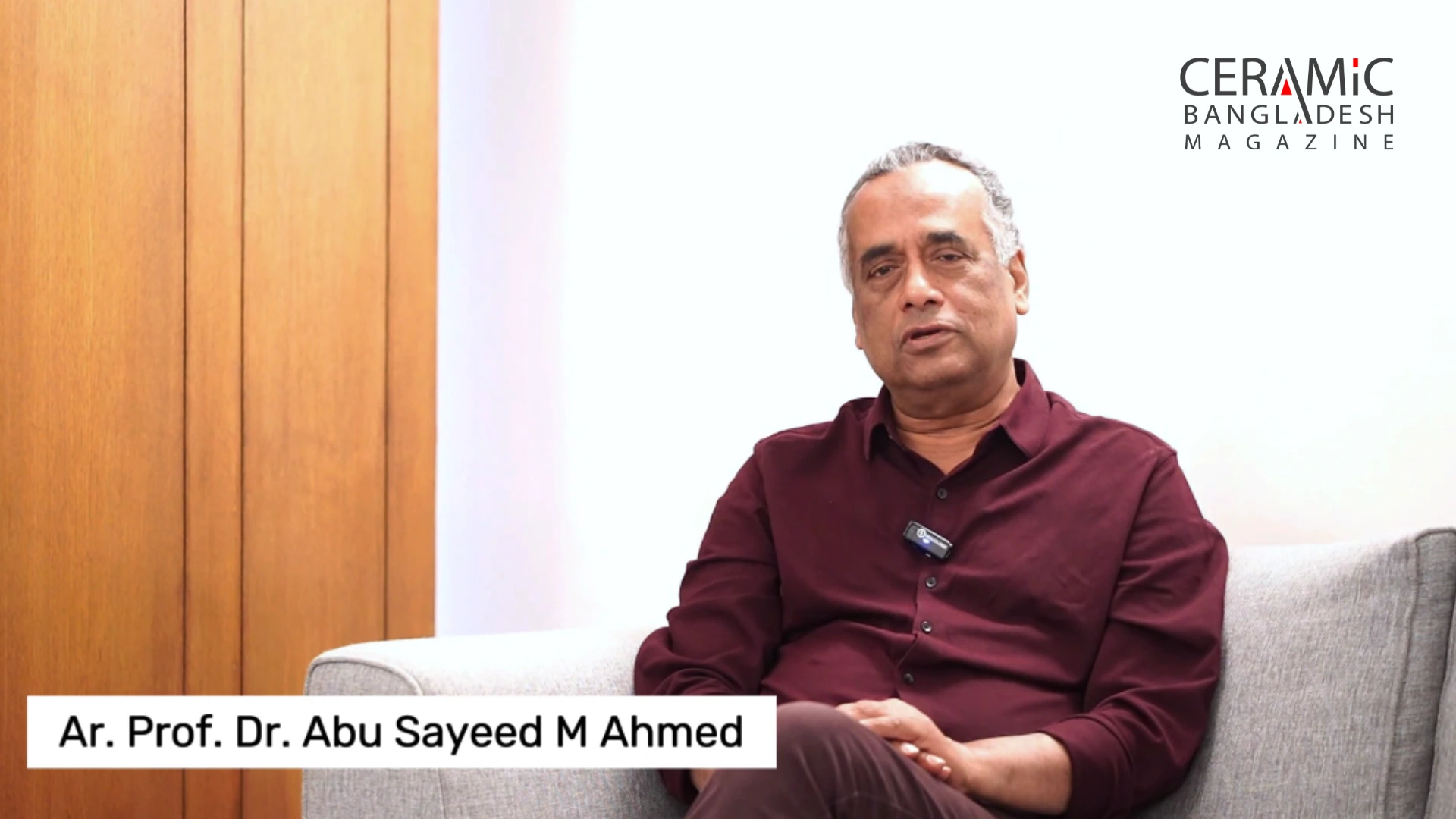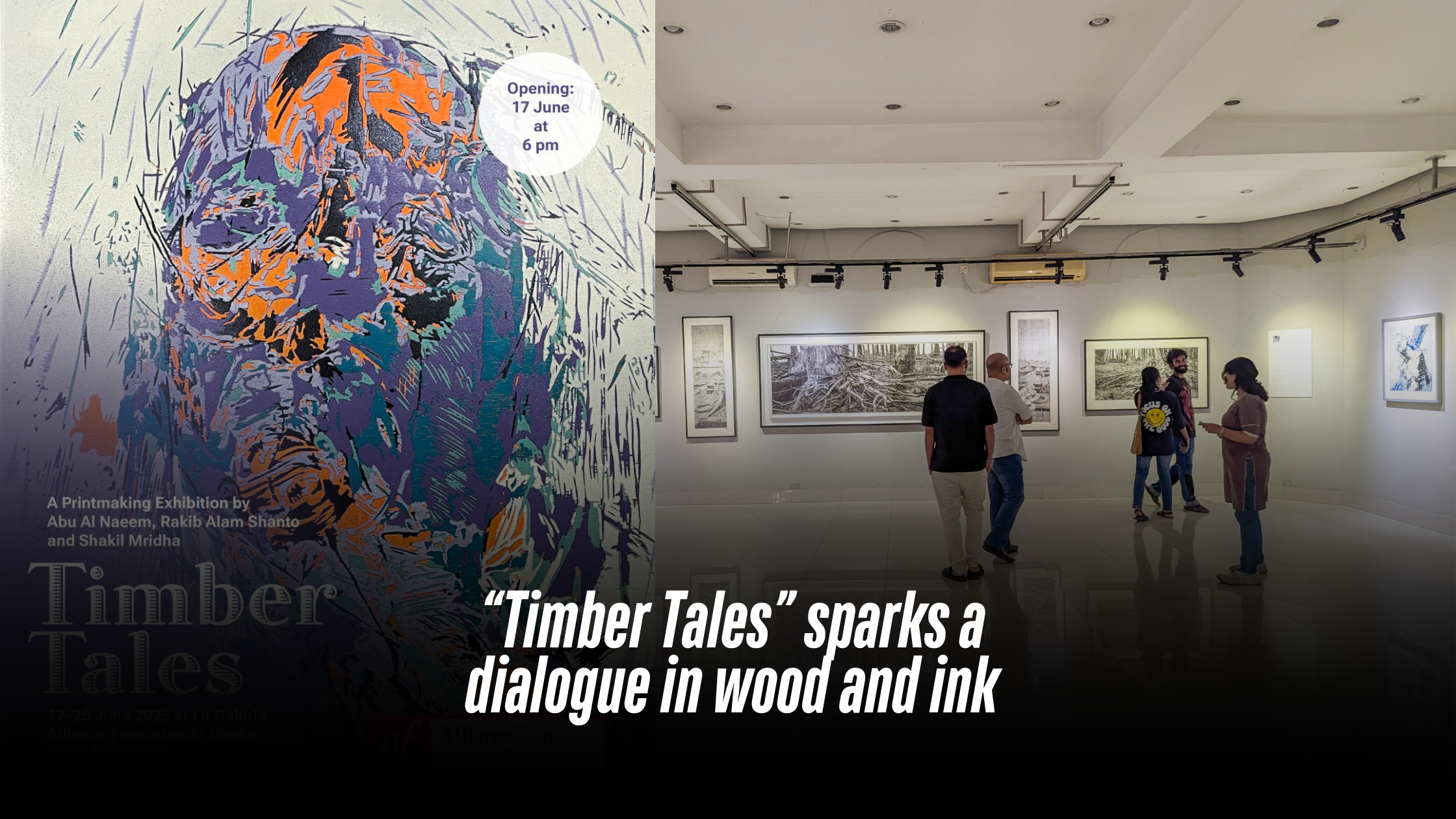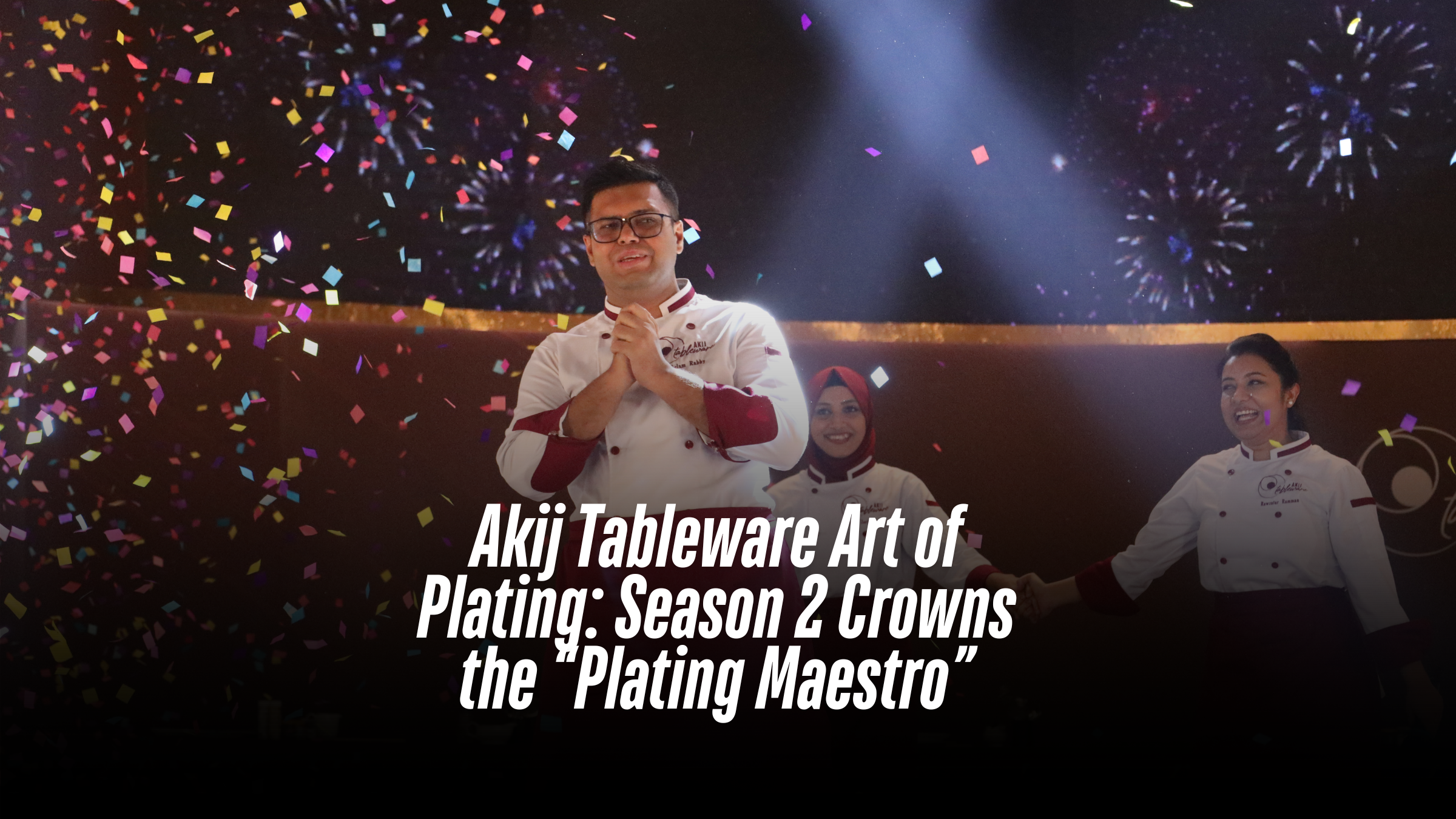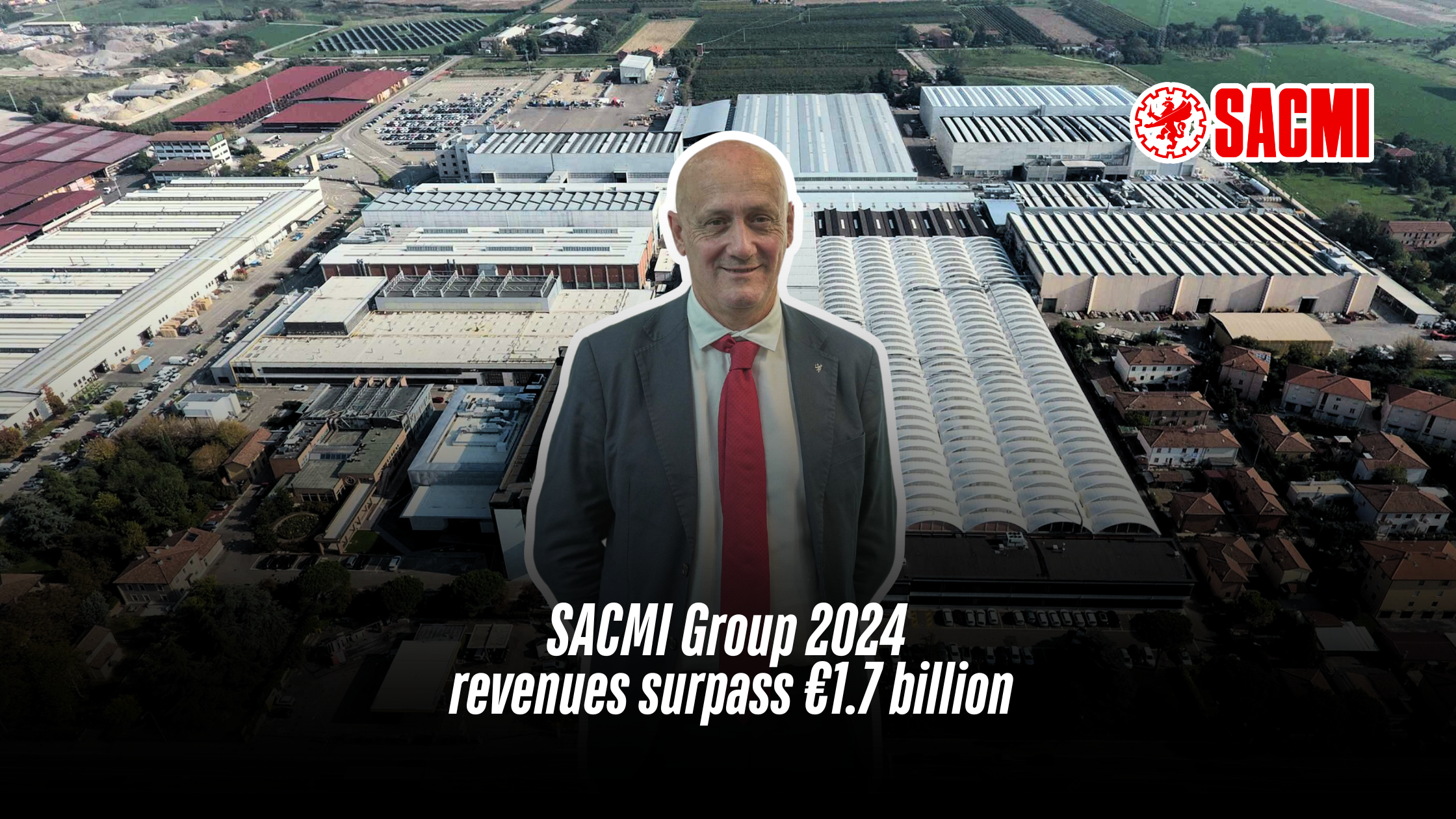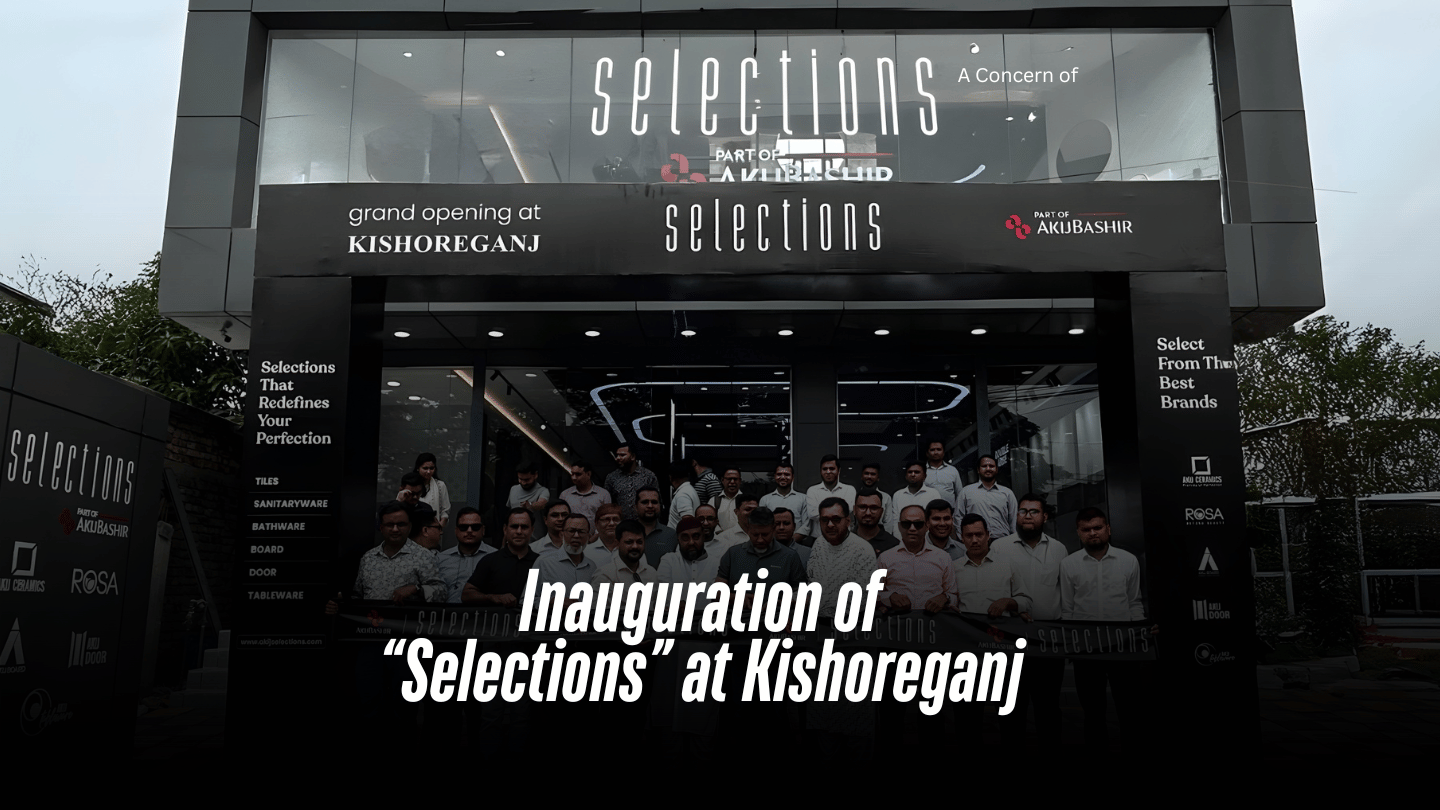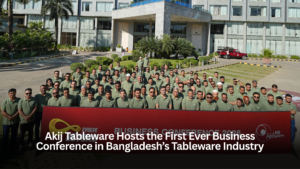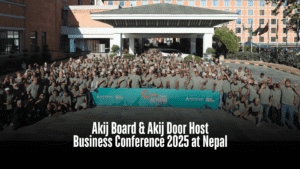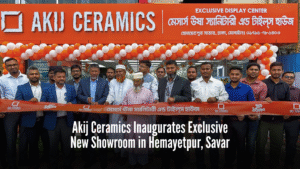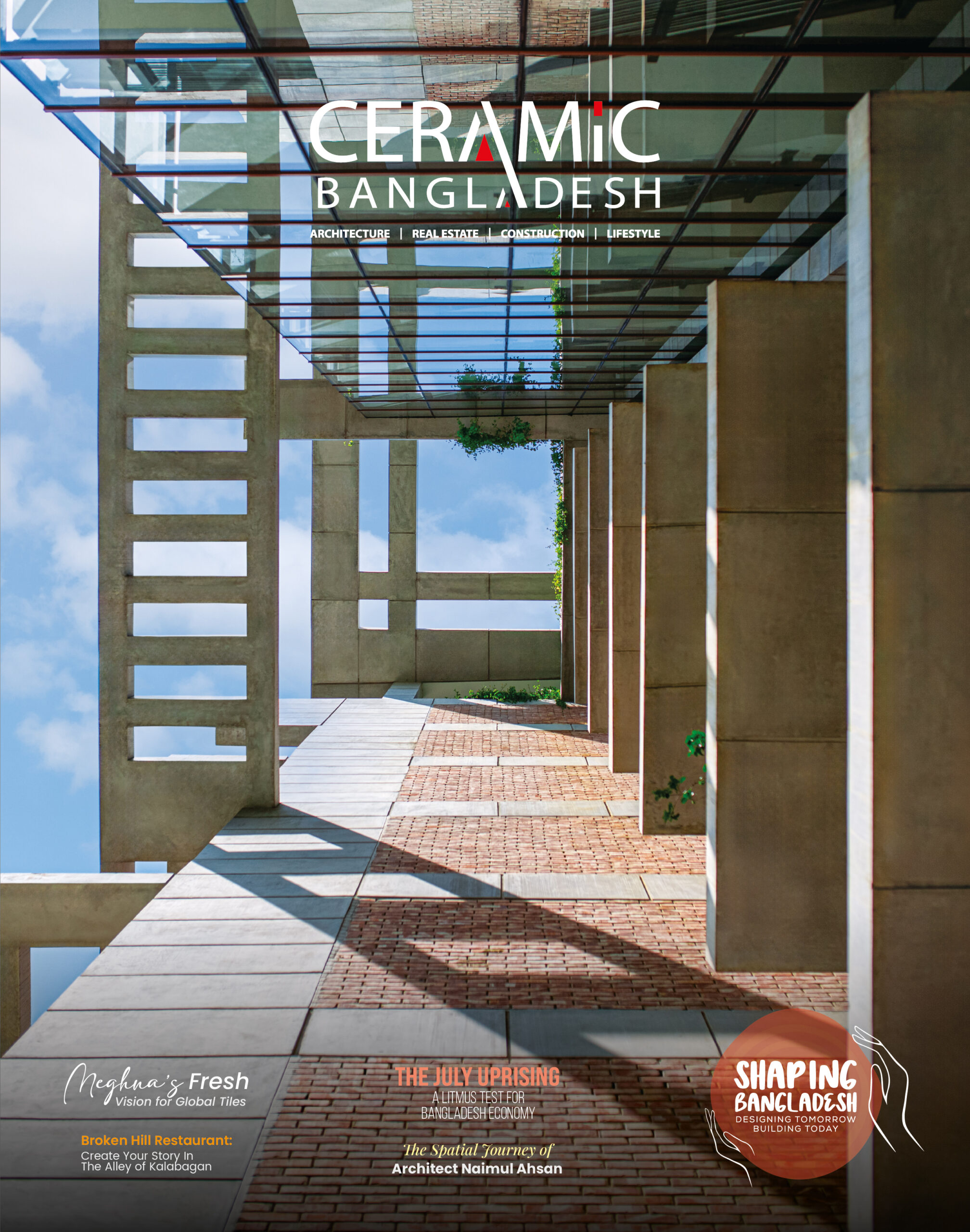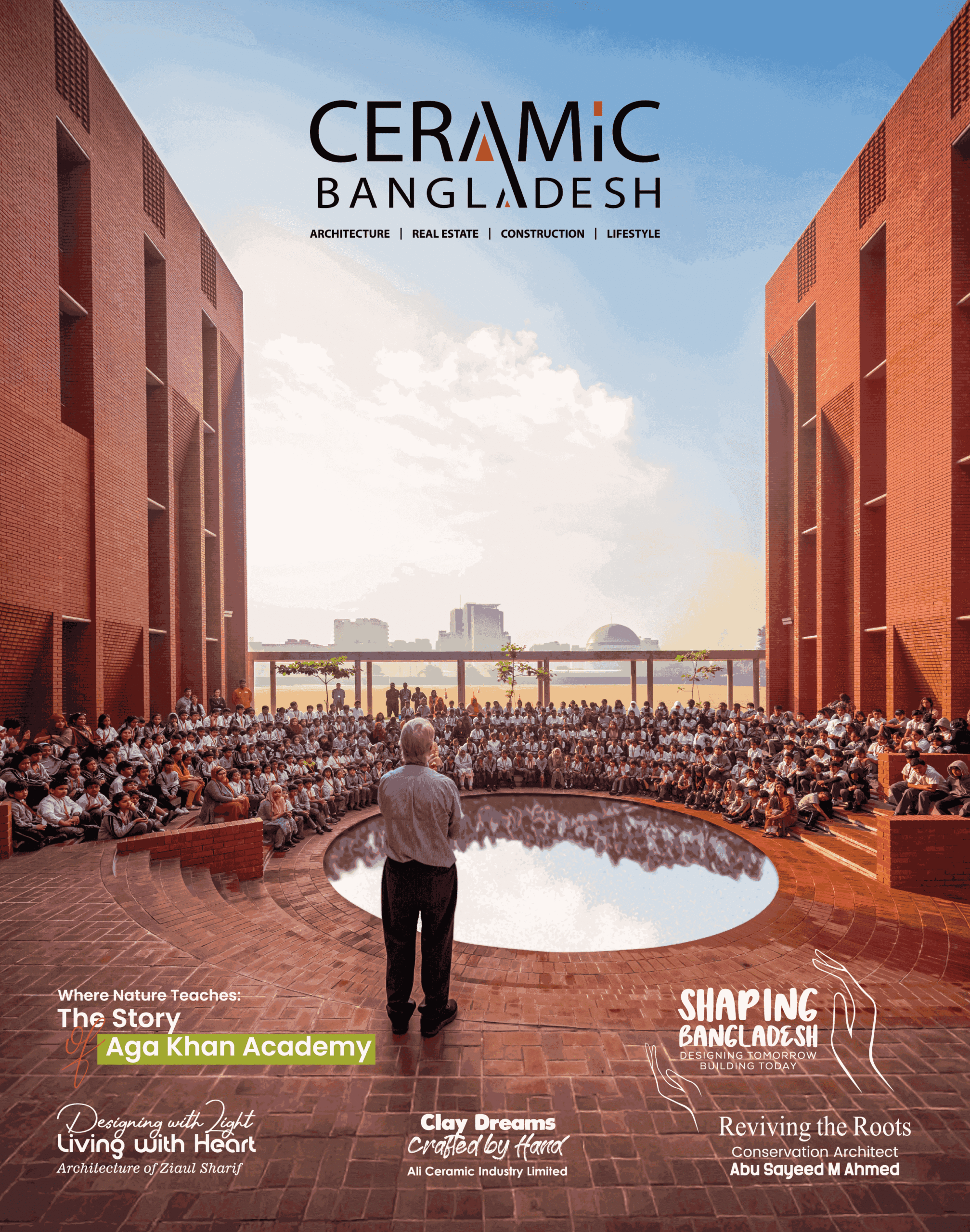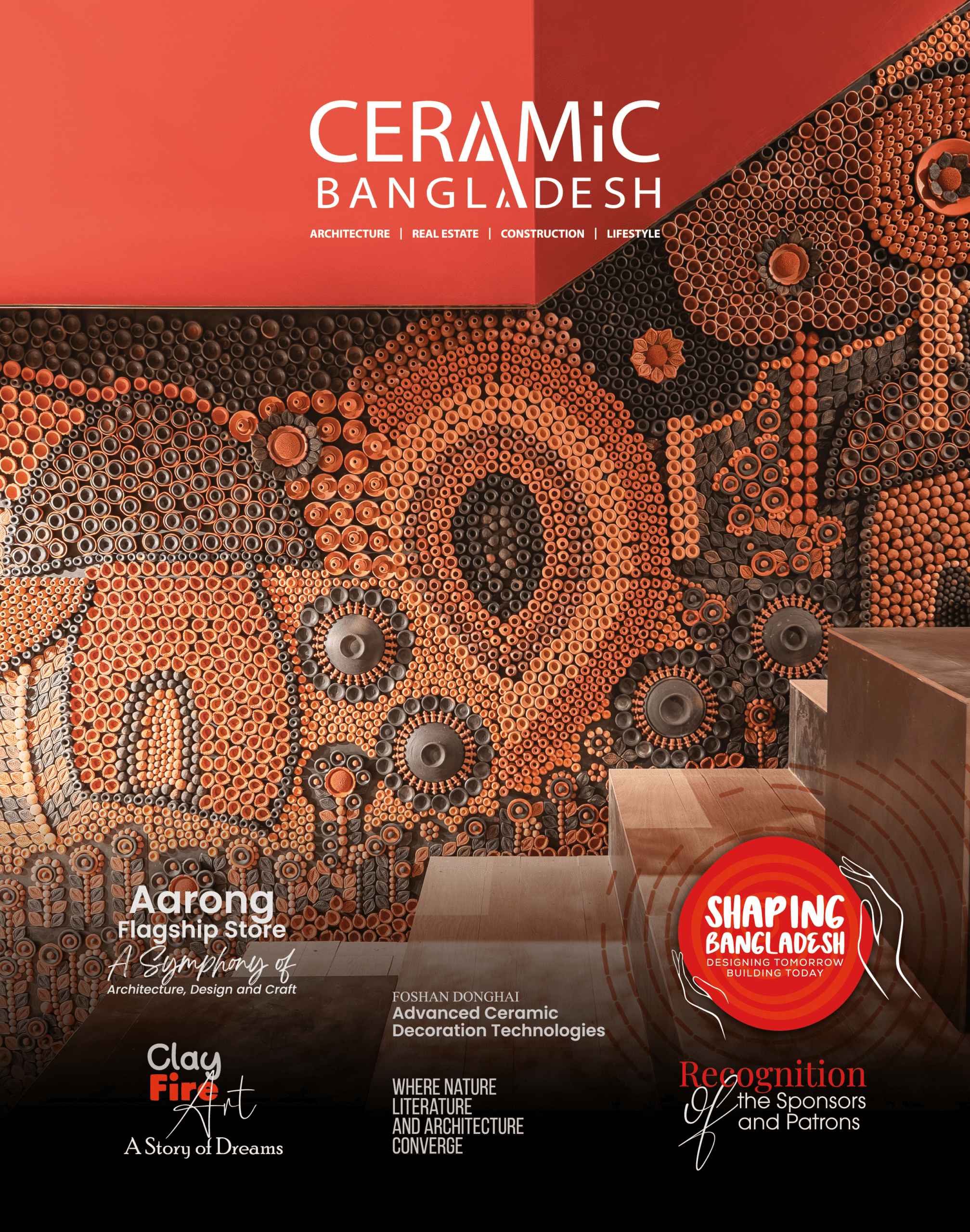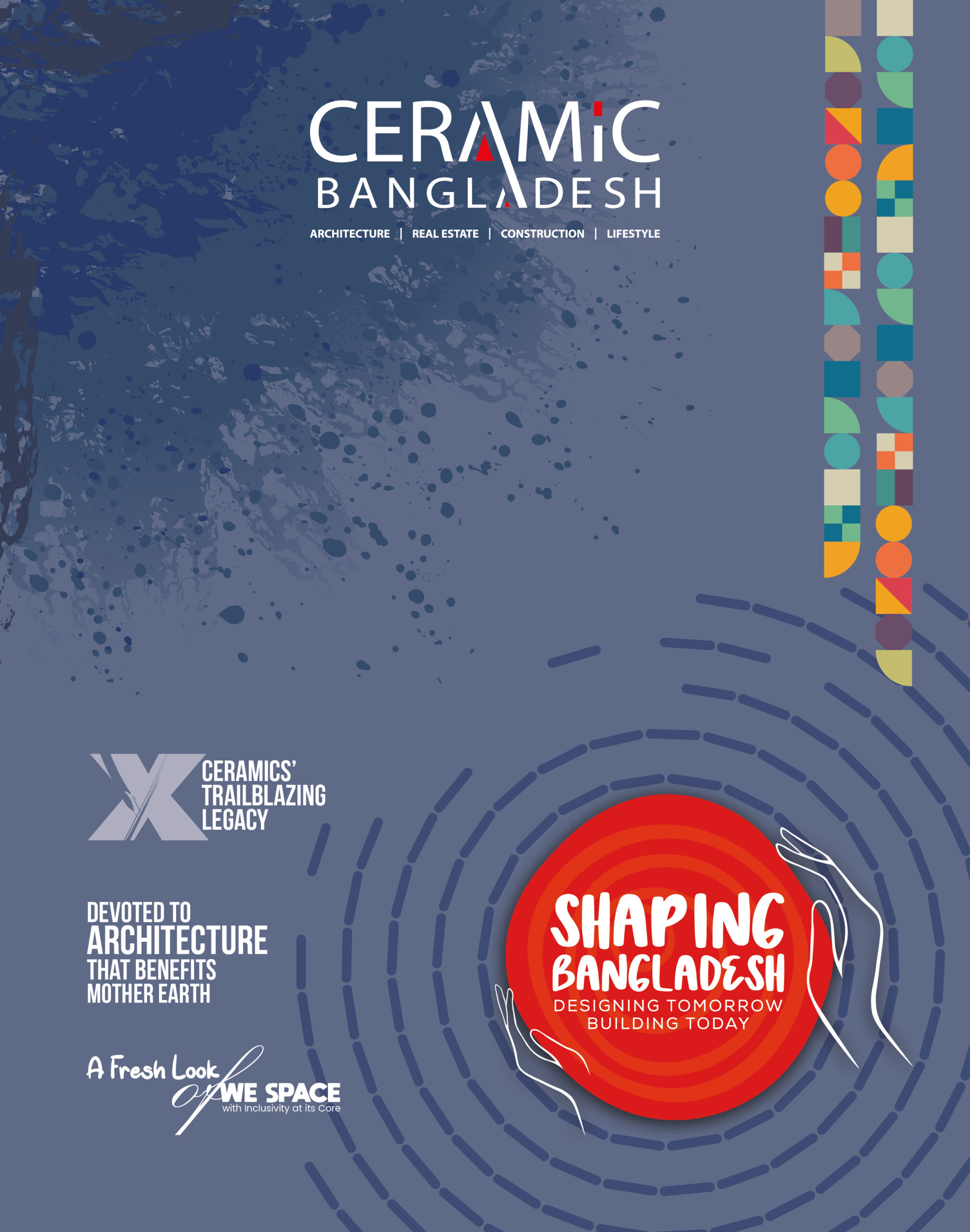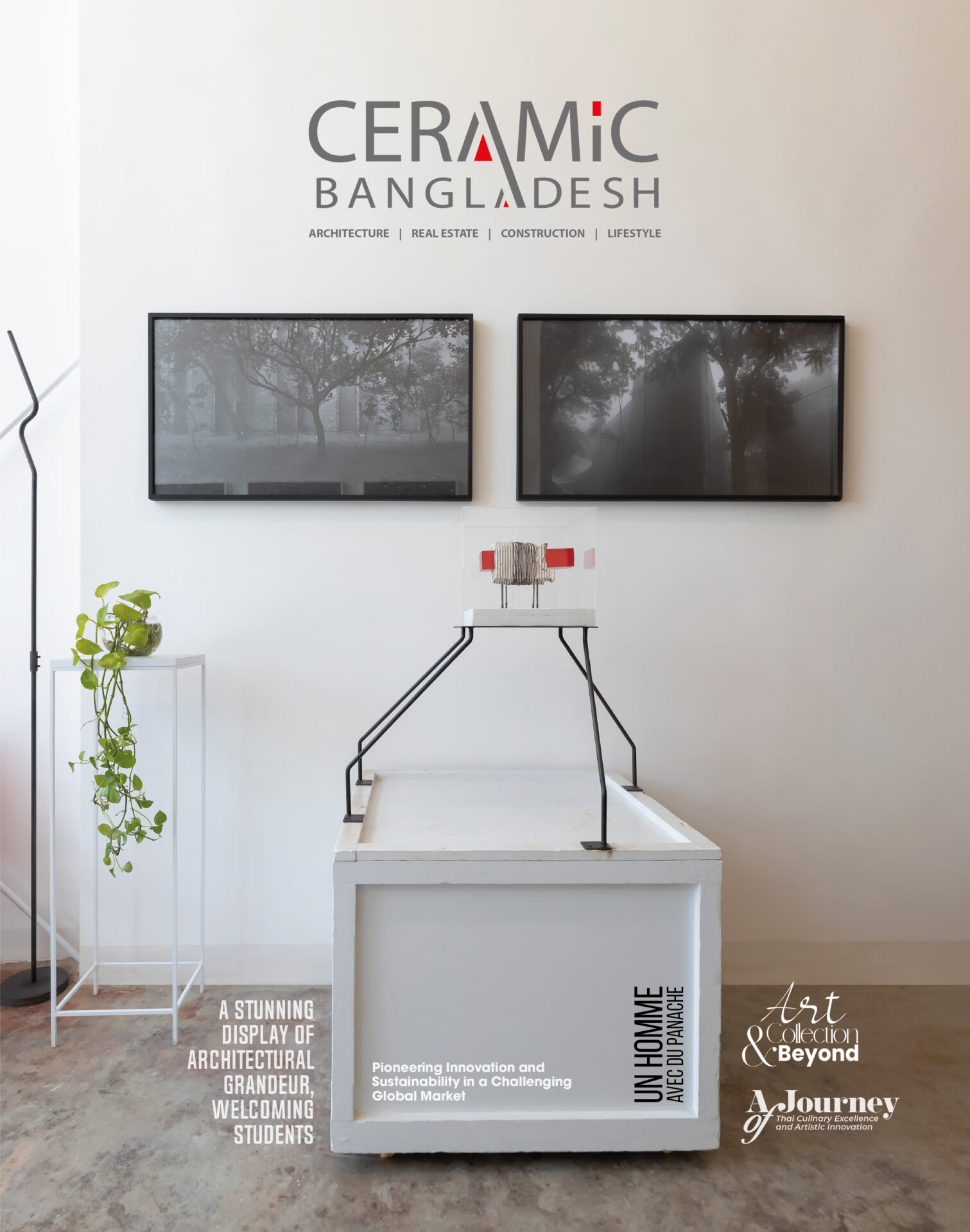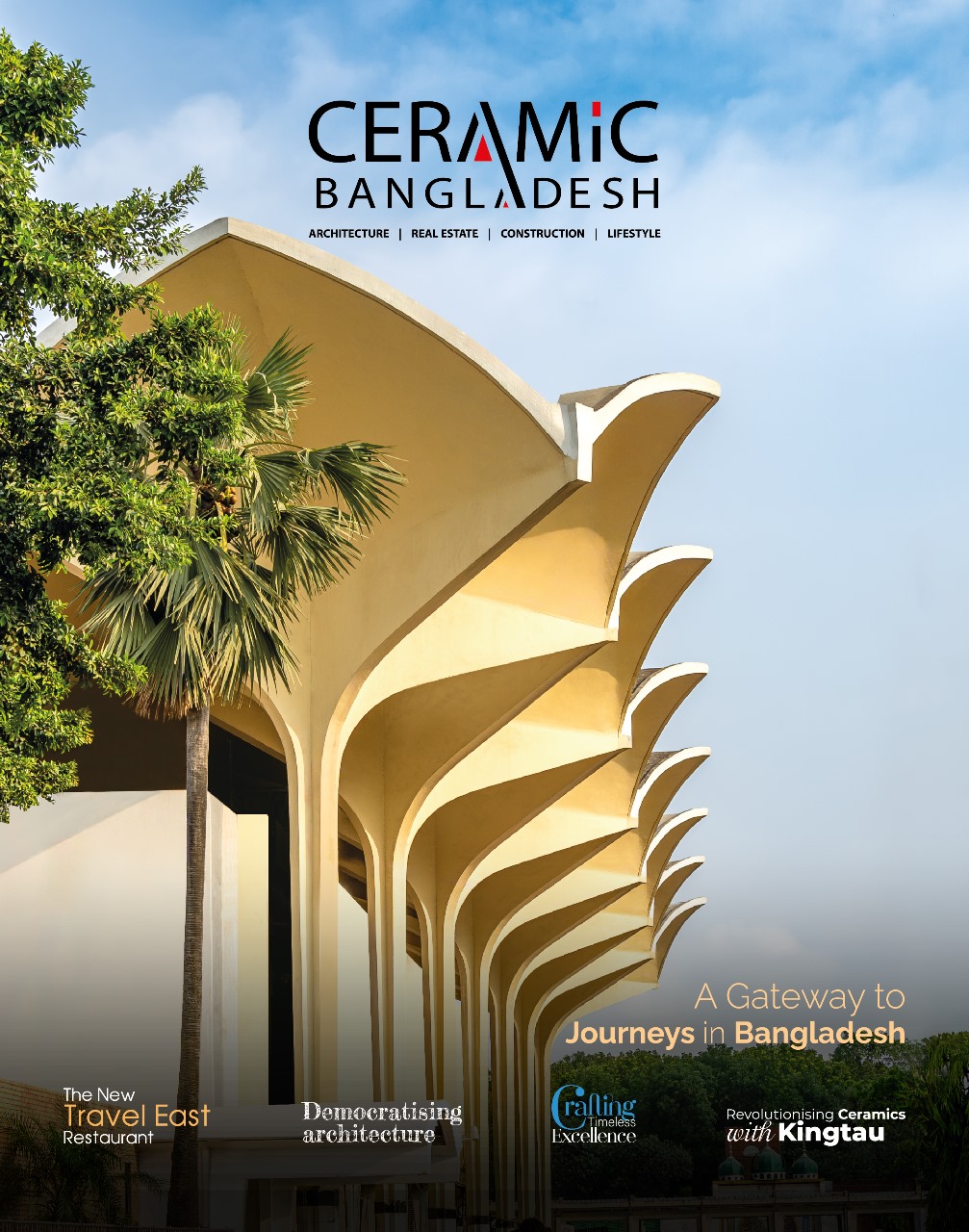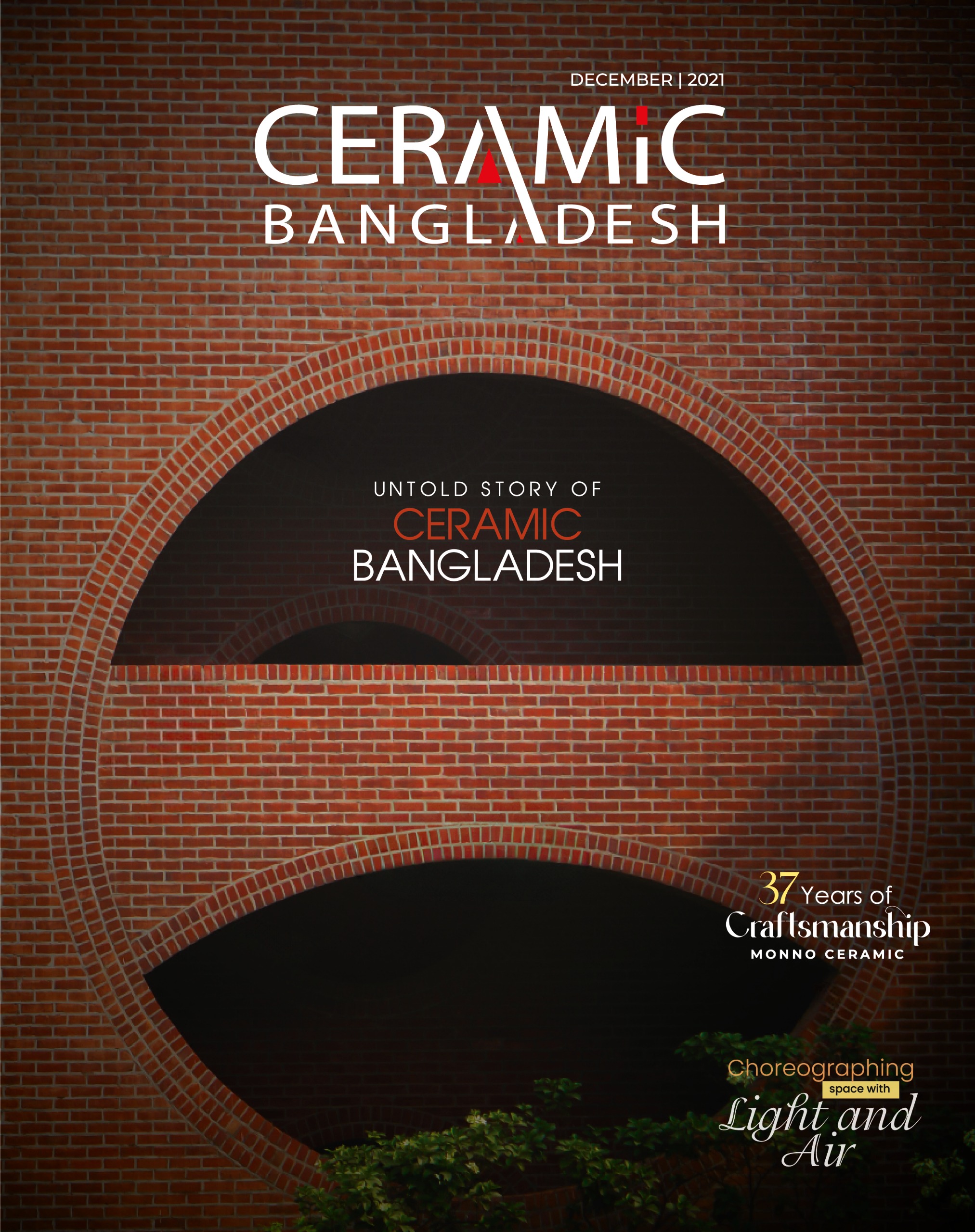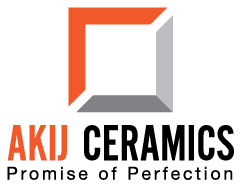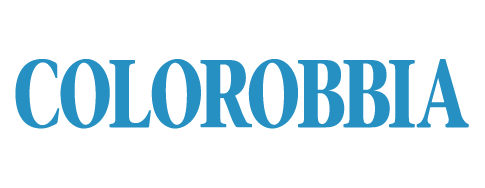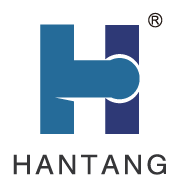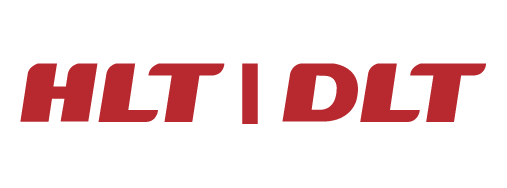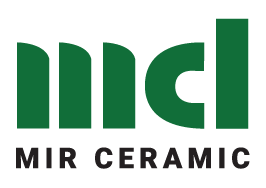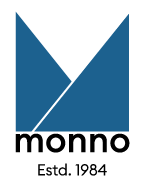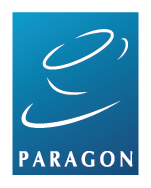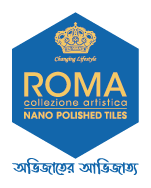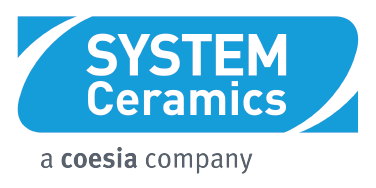
A Carnival of Crafts and Community
Dhaka’s winter evenings are about to take on a new glow as Aarong ushers in the return of its Winter Wonderland, an immersive showcase where rural women’s artistry meets festive joy, turning December nights into a living tapestry of culture and creativity. Now in its second season, the month‑long festival is more than a carnival—it is a crafted journey into Bangladesh’s artisan heritage, blending music, food, games, and storytelling with the warmth of community celebration. The event stretches across two vibrant spaces, each designed to immerse visitors in the story of Bangladeshi craftsmanship. At the Tejgaon Outlet Parking Lot, glowing gates open into a world of artisan stalls, DIY craft corners, food kiosks, and the aarong.com experience zone. Here, the main stage sets the rhythm for music and performance, while every stall tells a tale of the rural women whose hands weave, carve, and print the designs that define Aarong. Terracotta Tales, meanwhile, offers a different flavour of festivity. Families will find carnival games, a dedicated children’s zone, and a curated menu of seasonal treats. Unlike the Tejgaon site, this space welcomes visitors without registration, ensuring the carnival atmosphere flows freely between both venues. The experience is designed to be more than entertainment. Every purchase, every photograph taken, and every beat enjoyed feeds back into the lives of the artisans who make Aarong possible. It is a circle of value, where celebration meets empowerment. Late-night shopping adds another layer to the festivities. On event days, the Tejgaon outlet extends its hours until 11pm, inviting guests to browse curated collections that reflect the warmth and colour of the season. Entry to the Tejgaon grounds requires online registration via Tickify, though Aarong Rewards and Club TAAGA cardholders enjoy automatic access. Presenting a card secures entry for the holder and a guest, making the carnival as inclusive as it is immersive. With music, crafts, games, and food stitched together into one month-long celebration, Aarong’s Winter Wonderland is not simply an event. It is a reminder of how heritage can be lived, shared, and celebrated—one artisan story at a time. Event Highlights Week 1: Pitha Utshob (December 4 & 5) Visitors can enjoy live folk performances and taste a variety of seasonal pitha at dedicated stations. Week 2: Thanda Beats (December 11 & 12) The atmosphere will be filled with winter rave vibes under the stars, featuring music from some of the city’s top DJs. Week 3: Fake Wedding (December 18 & 19) Guests can take part in a playful “biye-bari” experience, complete with a “Holud meets meme culture” zone. The staged wedding night will include henna, paan, bangles, and photo booths, alongside dance acts and live DJ sets. Week 4: Concert (December 25 & 26) The season will close with star-studded live concert performances, bringing the month to a musical finale. Every Week The Aarong.com Experience Zone will showcase the newly refreshed aarong.com through interactive, fun, and style-led activities. Artisan Meet & Greet sessions will highlight crafts such as nakshi kantha, pottery, block printing, jewellery, and jamdani. Craft videos and demonstrations will show how heritage techniques continue to keep traditions alive. Community Impact initiatives will support women artisans and local craftspeople. Food and vibes will be provided through winter treats, festive snacks, and cosy hangout corners. A dedicated kids’ zone will offer fun activities and games for children. Written by Nibir Ayaan




